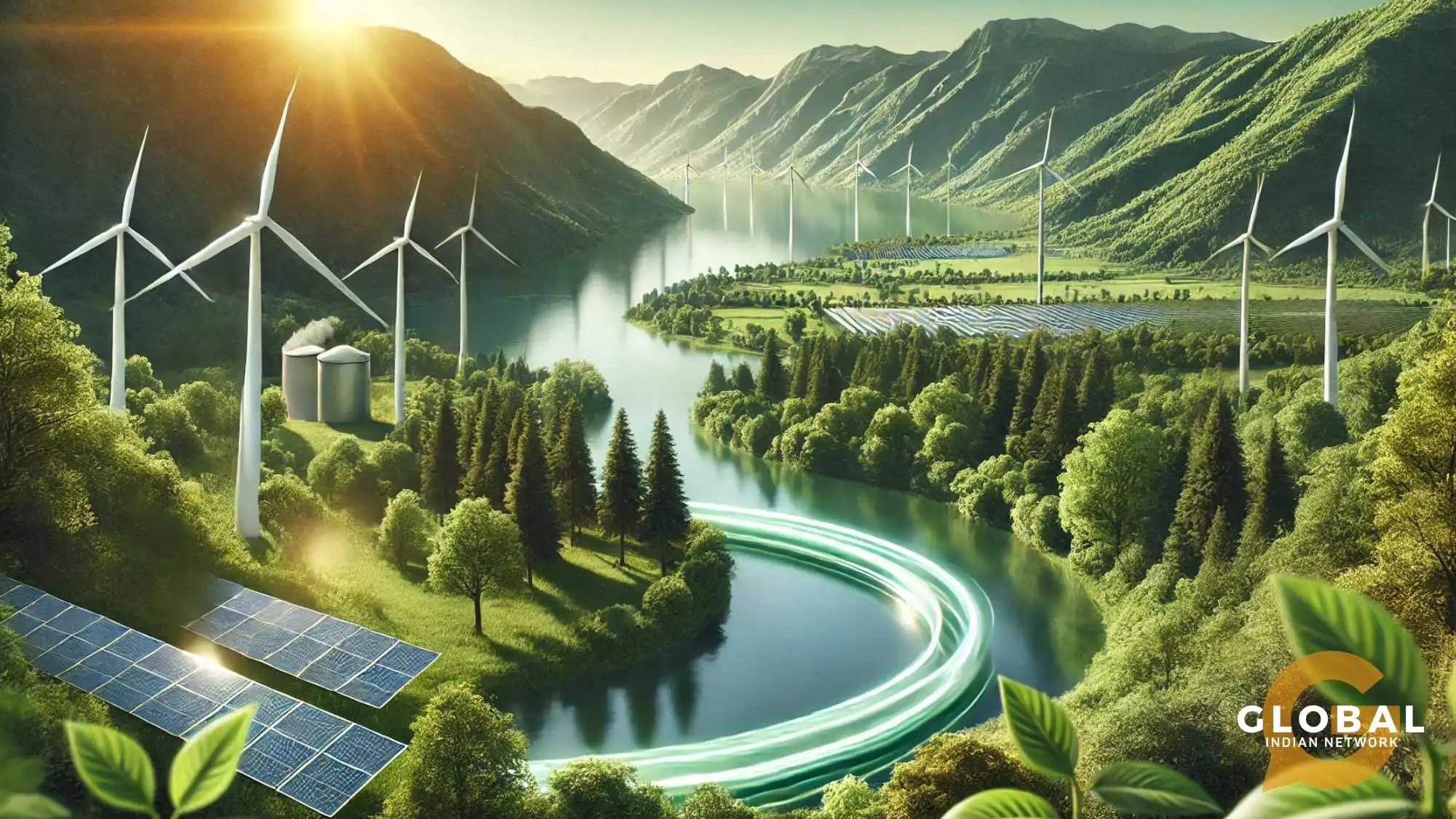By Jemosop Faith
South Africa’s energy transition is driven by necessity and ambition. Coal powers 77% of the country’s electricity, but aging plants and chronic load-shedding have crippled the economy, costing R4 billion daily.
The Integrated Resource Plan (IRP) 2023 aims to add 22 GW of renewables to South Africa, including 3.6 GW of solar photovoltaic (PV) and 4.5 GW of wind by 2030, alongside gas and battery storage. The South African Renewable Energy Masterplan (SAREM) targets R15 billion in investment and 25,000 jobs by localizing solar and wind manufacturing.
The push is also global. South Africa’s Just Energy Transition Partnership (JETP) secures $8.5 billion from Western nations to decarbonize, aligning with Paris Agreement commitments. Yet, pragmatism tempers idealism: coal plants may run longer to ensure energy security, risking emissions targets.
Are 22 GW of Renewable Energy Targets Realistic by 2030?
The 22 GW target is bold but challenging. South Africa’s Renewable Energy Independent Power Producer Programme (REIPPP) has added 6,149 MW of renewables since 2011, but scaling to 22 GW requires tripling capacity in six years. 66 GW of private renewable projects are in development, yet grid constraints and financial delays slow progress.
Solar targets are ambitious but feasible, given South Africa’s high solar potential. Wind potential is estimated at 6,700 GW, but only 7.9 GW is planned by 2030, far below earlier IRP 2019 goals of 17.7 GW. Battery storage, critical for intermittent renewables, is nascent, with 513 MW procured in 2023. Private sector investment and policy reforms are accelerating, but bureaucratic delays and Eskom’s debt, R400 billion, could derail timelines.
Why Are Transmission Lines Holding Back Progress?
South Africa’s power infrastructure is a bottleneck. The transmission grid lacks capacity to connect new renewable projects, especially in windy coastal regions. Two recent REIPPP bid windows sidelined wind projects due to insufficient grid connections. Upgrading the grid requires $11 billion, a hefty sum for a fiscally strained government.
Also read: Why Renewable Energy is Nigeria’s Biggest Untapped Opportunity
The National Transmission Company South Africa (NTCSA), established in 2021, aims to modernize the grid, but it’s not yet operational. Renewable Energy Development Zones (REDZ) fast-track projects in high-potential areas, yet new transmission lines face environmental and land-use hurdles. Without rapid grid expansion, renewable capacity will remain stranded.
How Can Local Content Requirements Impact the Renewable Rollout?
SAREM emphasizes local content to boost manufacturing and jobs. South Africa imported R17.5 billion in solar and battery technologies in 2023, but SAREM targets domestic production of solar panels, wind turbines, and batteries. Local content requirements, mandating a percentage of components be locally made, aim to create 25,000 jobs and support black-owned businesses.
However, local manufacturing is nascent. Small-scale solar producers exist, but scaling to compete globally requires investment and skills. High initial costs for renewable facilities, $2000/kW versus $1000/kWH for fossil fuels could rise with local mandates, deterring investors. Balancing localization with affordability is critical to avoid delays.
What Will It Take to Avoid a Repeat of Past Mistakes?
South Africa’s electricity policy has stumbled before. REIPPP’s early success stalled due to political resistance and Eskom’s mismanagement. Corruption and sabotage at Eskom, including coal supply theft, eroded trust. To succeed, South Africa needs:
- Strong Governance: Transparent procurement and anti-corruption measures are essential. The JET Grants Register tracks funding to ensure accountability.
- Grid Investment: Expanding transmission lines and integrating battery storage will unlock renewable potential.
- Private Sector Role: 66 GW of private projects show investor appetite. Easing regulations for independent power producers is key.
- Skills Development: Training programs for renewable energy jobs, especially for youth and women, will sustain the transition.
South Africa’s 22 GW renewable target is ambitious but achievable with resolve. Solar targets leverage the country’s strengths, but grid bottlenecks and local content costs pose risks. Learning from past failures, South Africa can lead Africa’s energy transition, creating jobs and securing energy. The sun and wind are ready, will South Africa harness them?














